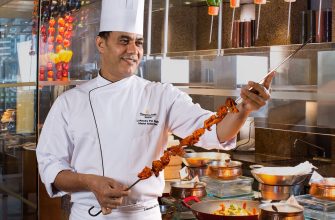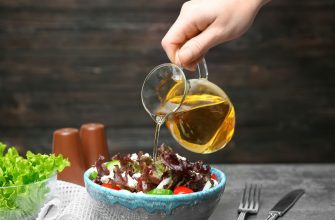Sugar is a fundamental ingredient in cooking and baking, providing sweetness and contributing to the texture and appearance of various dishes. In this comprehensive guide, we’ll explore different types of sugar, their unique properties, and how to use them in your culinary adventures.
Granulated Sugar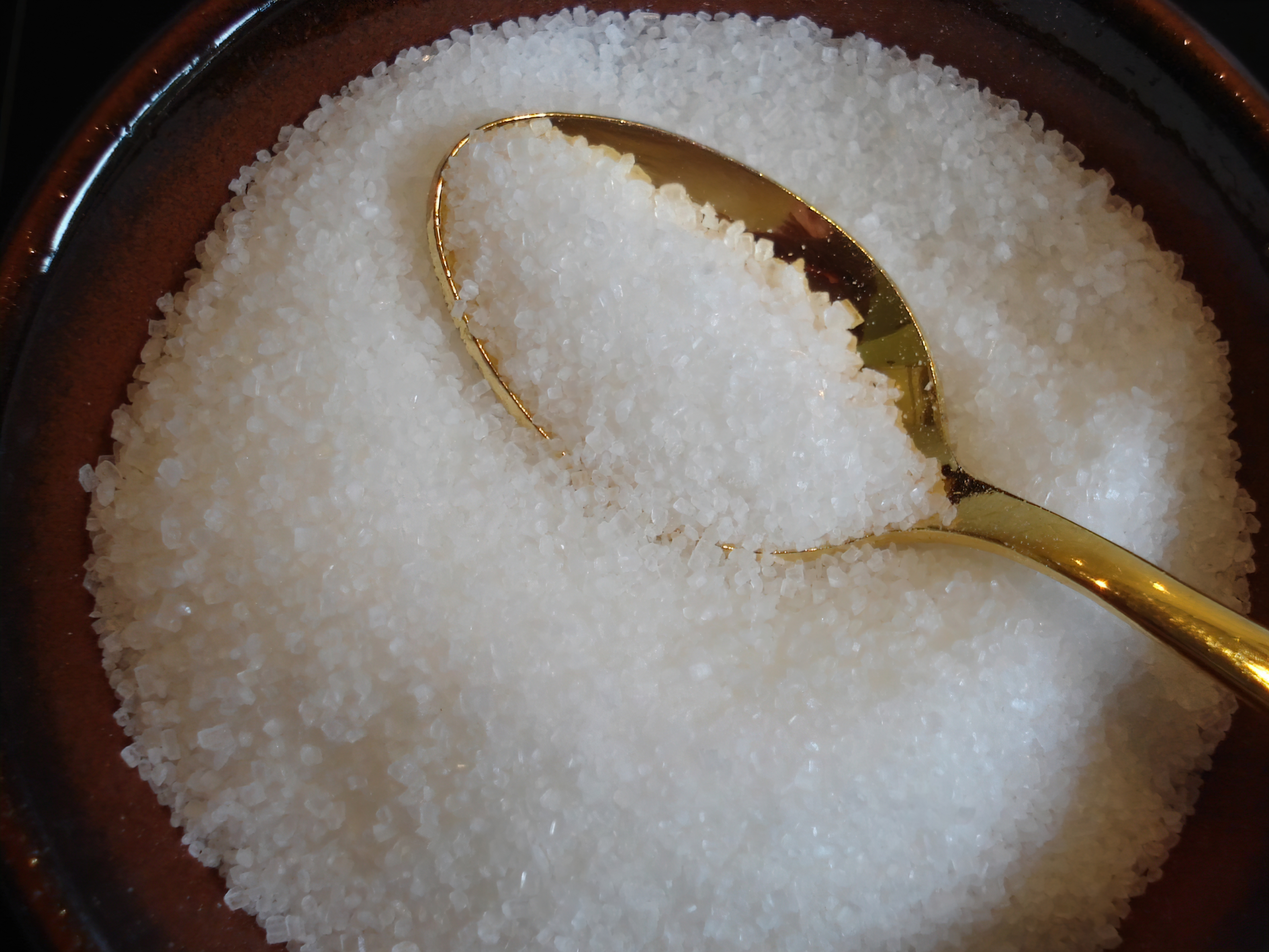
The All-Purpose Sweetener Granulated sugar, also known as white sugar, is a versatile sweetener used in numerous recipes. It dissolves easily, making it perfect for sweetening beverages, baking cookies, and creating classic desserts. When creamed with butter, it lends a tender crumb to baked goods.
Brown Sugar
Rich Flavor and Moisture Brown sugar, available in light or dark varieties, contains molasses, which adds a rich, caramel-like flavor and moistness to baked goods. It’s ideal for cookies, cakes, and sauces, where its moisture content contributes to a soft, chewy texture.
Powdered Sugar
For Delicate Treats and Icing Powdered sugar, also known as confectioners’ sugar, is finely ground granulated sugar combined with a small amount of cornstarch. Its powdery texture makes it perfect for dusting on delicate pastries, creating smooth icings, and whipping up light meringues.
Turbinado Sugar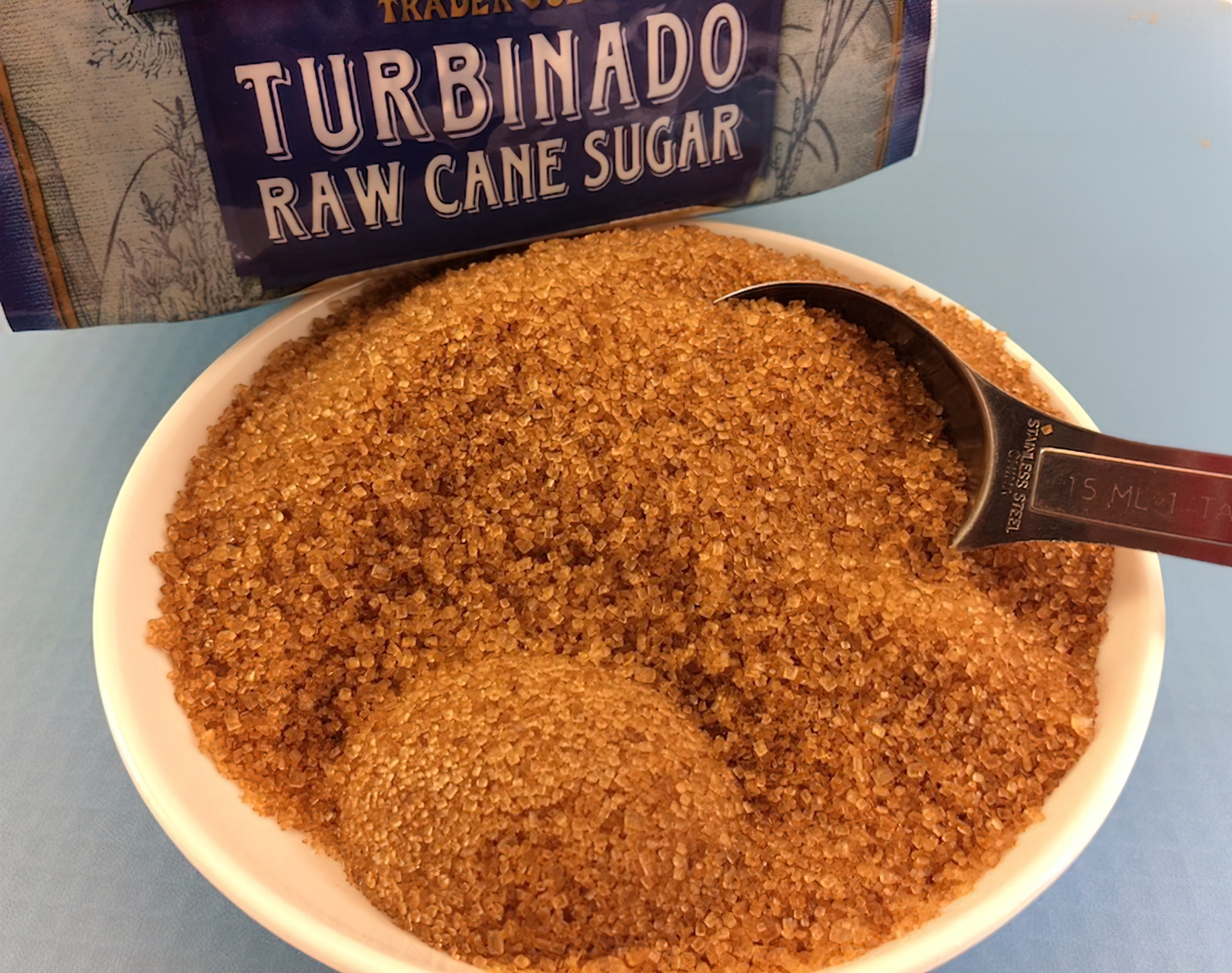
A Crunchy Topping Turbinado sugar, or raw sugar, is a coarse, golden-brown sugar with a slight molasses taste. Its large crystals make it ideal as a topping for muffins, scones, or crumbles, adding a satisfying crunch and a touch of caramel flavor.
Muscovado Sugar
A Taste of the Tropics Muscovado sugar, also known as Barbados sugar, is a moist, dark brown sugar with a strong molasses flavor. It’s unrefined and retains many natural minerals, making it a popular choice for rich, complex desserts like gingerbread, fruitcakes, and toffee. Its bold taste also works well in savory dishes, such as barbecue sauces and marinades.
Demerara Sugar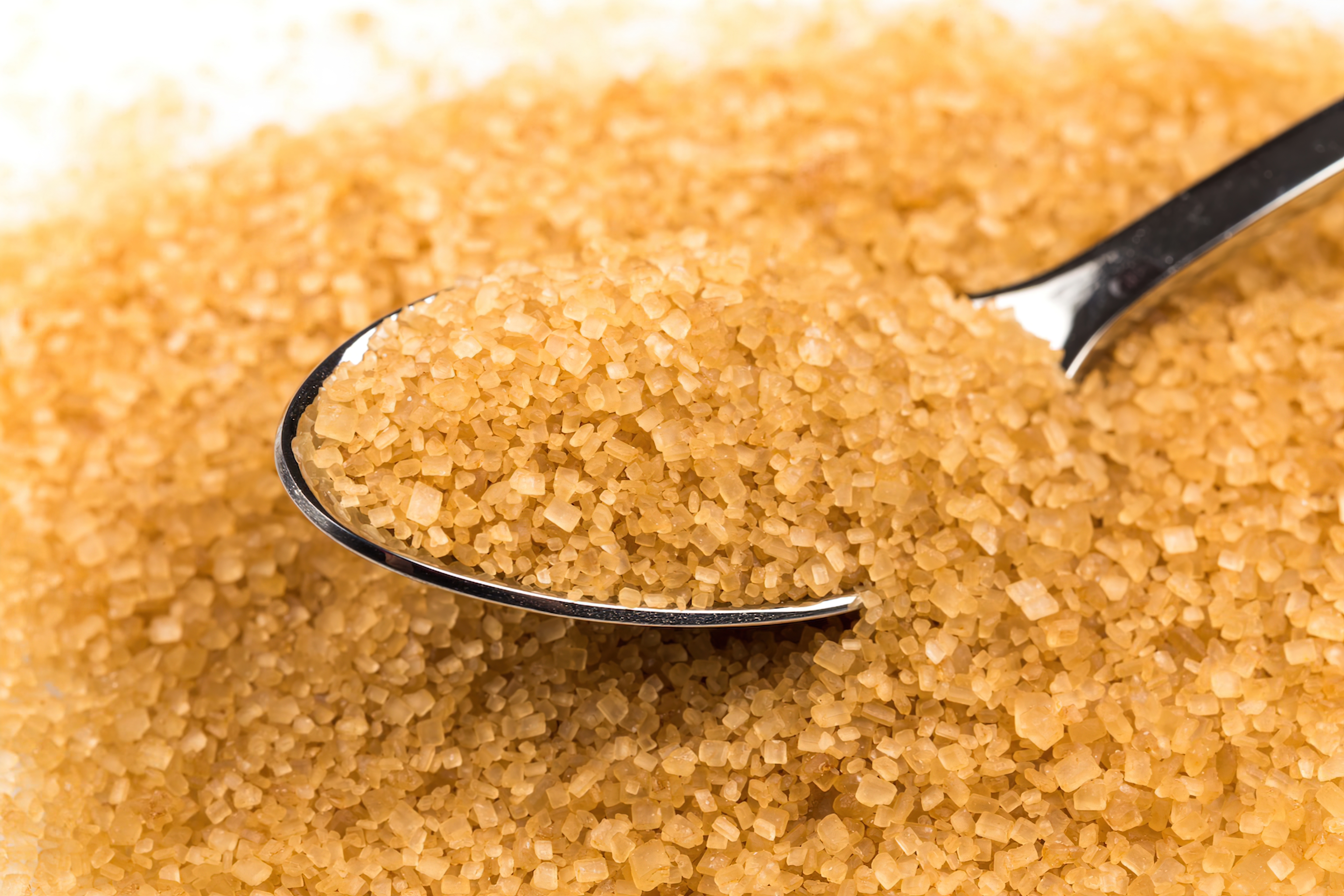
A Hint of Caramel Demerara sugar is a partially refined sugar with large, amber crystals and a subtle caramel flavor. It’s perfect for sprinkling on top of cookies, pies, and oatmeal, or for stirring into coffee and tea. Its crunchy texture and distinct taste make it a favorite for many bakers.
Honey
A Natural Alternative Honey, a natural sweetener produced by bees, offers a distinct flavor that varies depending on the flowers from which the nectar is gathered. It can be used in place of granulated sugar in many recipes, adding a touch of floral complexity. Be aware that honey is sweeter and denser than sugar, so adjustments may be necessary when substituting.
Maple Syrup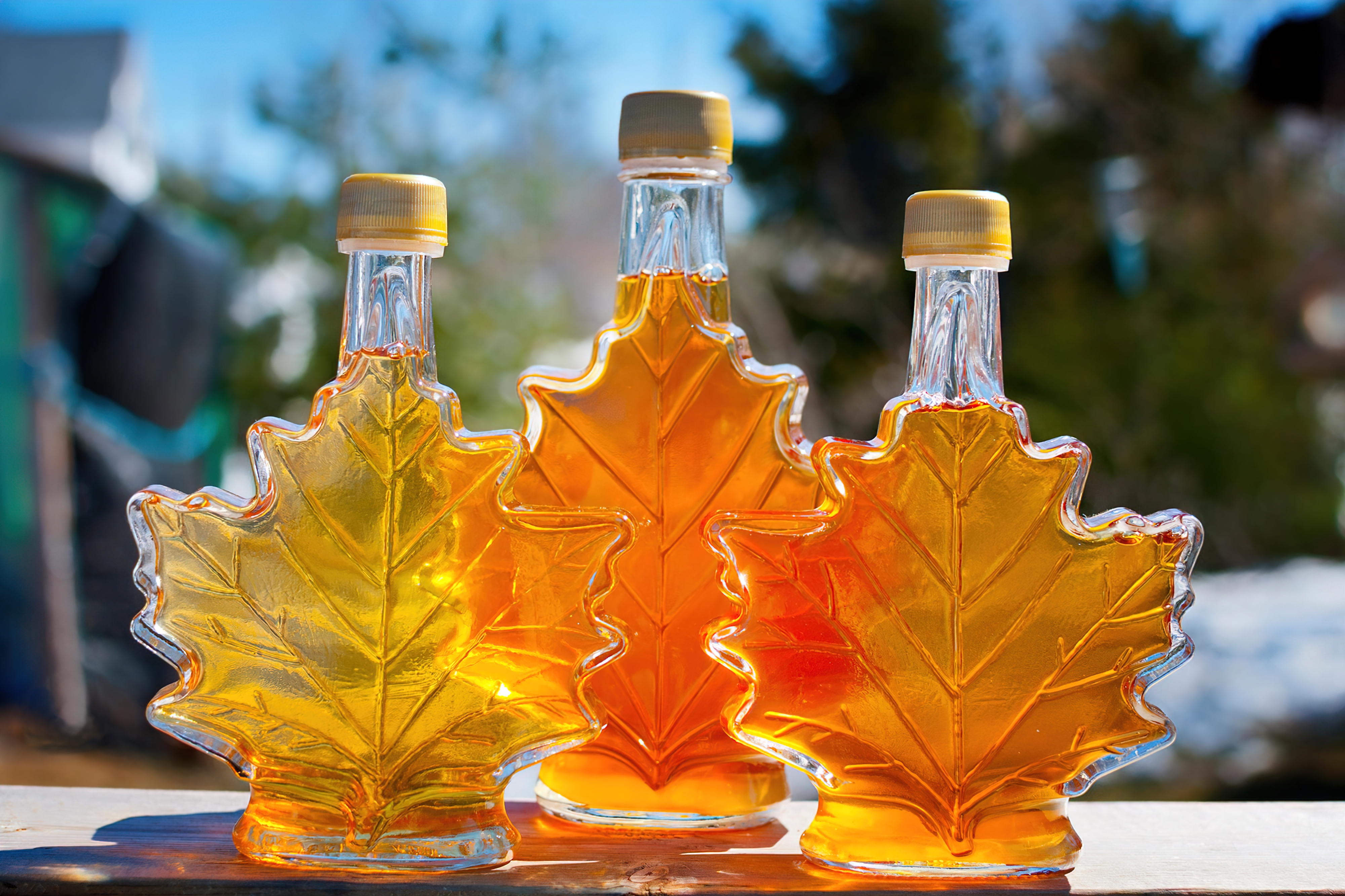
Sweetness from the Trees Maple syrup, made from the sap of maple trees, is a versatile and delicious sweetener. With a deep, earthy flavor, it can be used as a topping for pancakes and waffles or as an ingredient in baking and cooking. Use it to sweeten oatmeal, glaze vegetables, or add a unique twist to your favorite recipes.
Conclusion
By exploring the wide variety of sugars available, you’ll not only enhance the flavors of your dishes but also expand your culinary repertoire. Embrace the unique characteristics of each sugar type and experiment with them in your cooking to create unforgettable sweet and savory dishes. Enjoy the journey as you delve into the sweet world of sugars!
